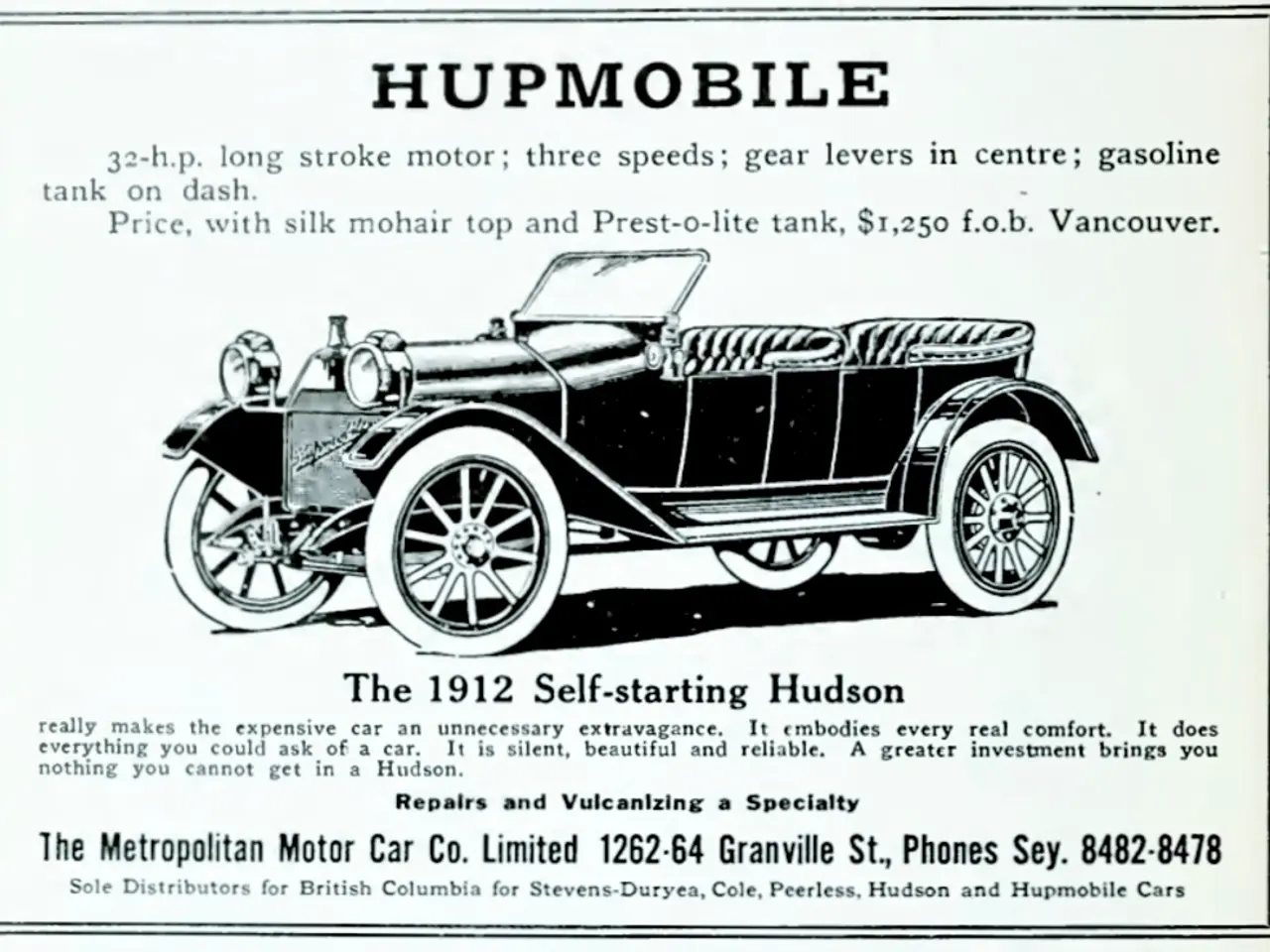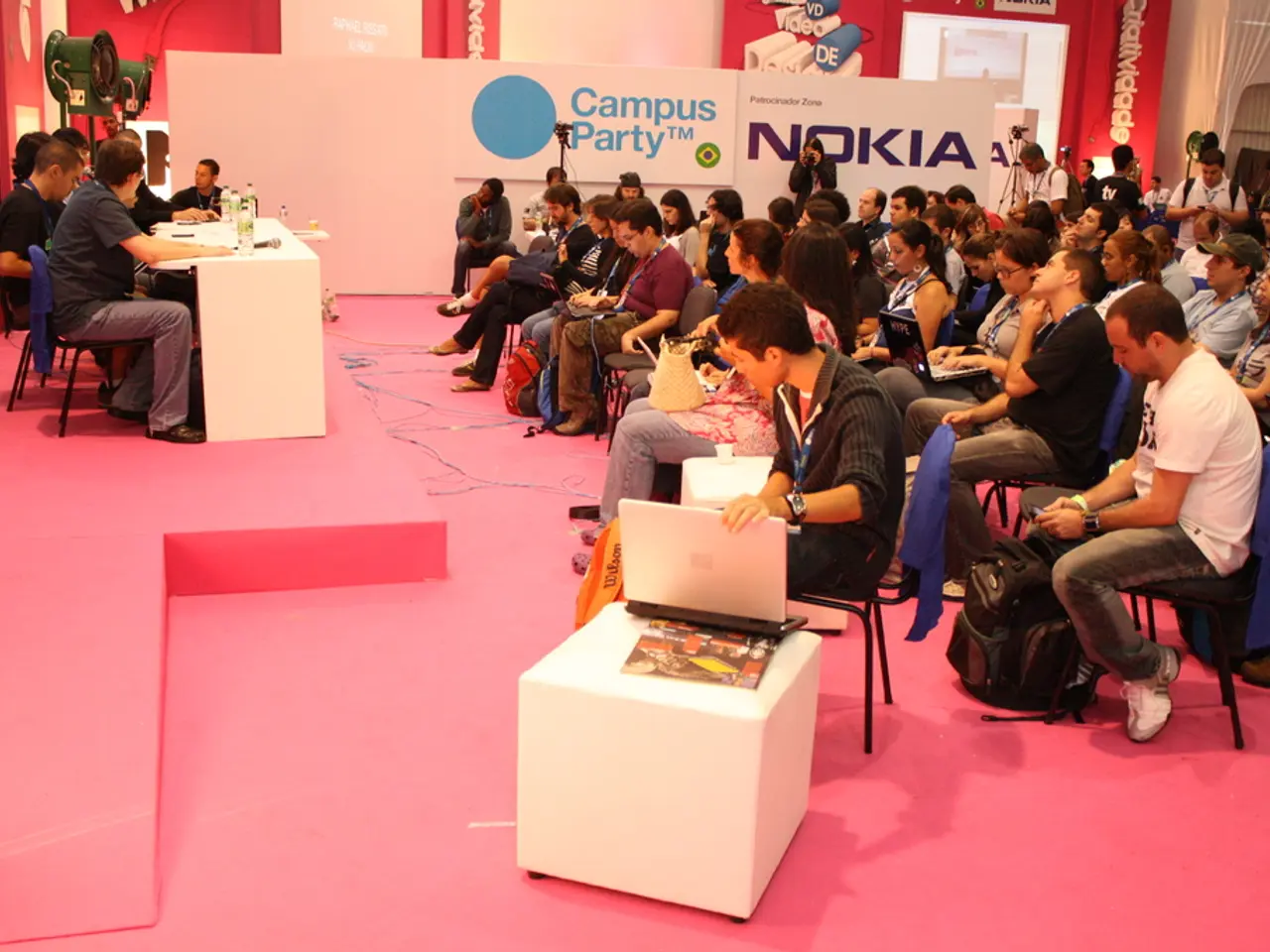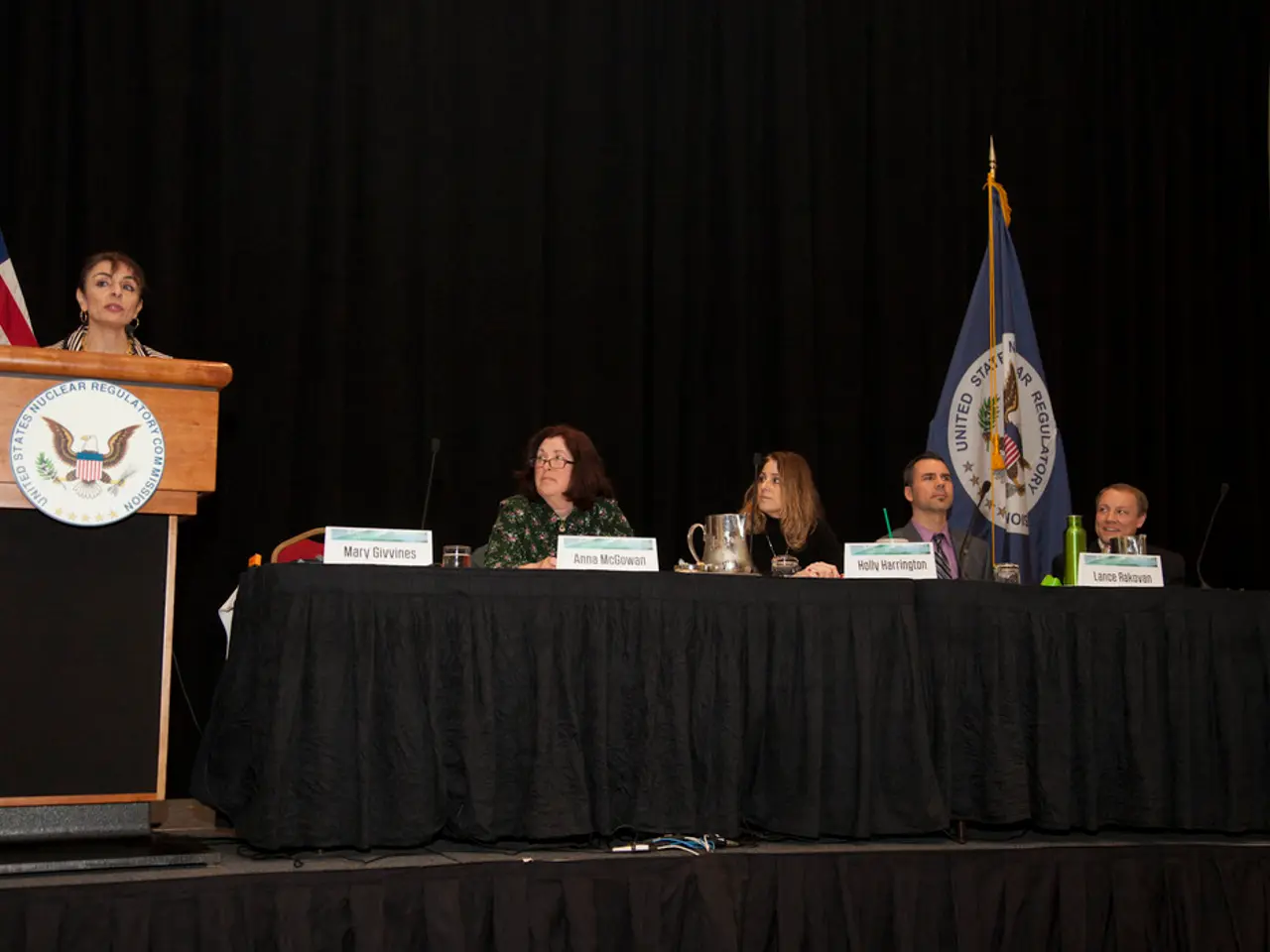Ten well-known advertisements exploiting classical music to stir emotions
From luxury chocolates to automobiles, classical music has been a recurring theme in advertisements, lending a touch of sophistication, emotion, and cultural prestige to various products.
In 1992, Galaxy Chocolate reinforced its image as a luxurious treat with the use of George Gershwin's "Rhapsody in Blue" in a now-iconic advertisement. The ad featured the memorable line, "Why have cotton when you can have silk?" and aimed to add a sense of style and indulgence with the iconic song.
A similar approach was taken by Baz Luhrmann in his 2004 Chanel No.5 advertisement, "Le Film." Claude Debussy's "Clair de lune" was used to capture the dreamy, nostalgic mood of the advertisement, adding a touch of elegance and refinement.
Classical music's timeless quality has been leveraged in numerous advertisements, with pieces such as Beethoven’s Symphony No. 5, Mozart’s Eine kleine Nachtmusik, Vivaldi’s The Four Seasons, and Tchaikovsky’s Swan Lake frequently used to evoke powerful emotions, suggest sophistication, or depict nature’s beauty.
Some of the most historically notable ads include Volkswagen’s “The Force” ad, which used John Williams’ imperial-style classical motifs, and Guinness beer ads that have used classical pieces to add grandeur and emotional depth. The Royal Air Maroc commercial humorously incorporated classical music around a burger order, blending culture with modern marketing.
In the 1970s, Tchaikovsky's "The Nutcracker Suite Op.71a: II.Vi Dance of the Mirlitons" was used in a Cadbury's Fruit and Nut advertisement, adding charm and mischief to the campaign. The song "In the Hall of the Mountain King" by Grieg is used in Alton Towers' advertisements and has become the theme tune for the theme park.
The right soundtrack can make an advertisement memorable, as seen in the 1977 Cadbury's Fruit and Nut advertisement, where humourist Frank Muir sang a jingle to the tune of Tchaikovsky's "Dance of the Mirlitons." Similarly, the song "O Fortuna" from Carl Orff's "Carmina Burana" was used in Old Spice’s advertisements in the 1970s and '80s.
Classical music can stir up nostalgia and add a sense of familiarity, as seen in the use of Strauss' "Also Sprach Zarathustra," known as the soundtrack to the movie "2001: A Space Odyssey." The second movement of Dvorák's "New World Symphony" is tied to a 1973 Hovis advertisement, featuring a boy pushing a bike up a steep cobbled hill.
Handel's "Zadok the Priest" has been used in P&O Cruises' advertisements, lending their holidays an added sense of prestige due to its association with royal occasions. The British Airways Orchestra reimagined Delibes' "Flower Duet" in 2019 to mark the airline's centenary, a tradition that has been ongoing since the late 1980s.
In conclusion, the use of classical music in advertisements allows brands to connect with their audience on a deeper level, evoking emotions, creating memorable experiences, and establishing a sense of cultural prestige. Whether it's the powerful opening notes of Beethoven's Symphony No. 5 or the playful tune of Tchaikovsky's "The Nutcracker Suite," these timeless tunes continue to resonate with audiences today.
Film scores, such as George Gershwin's "Rhapsody in Blue" and John Williams' imperial-style classical motifs, have been used in memorable advertisements to add a sense of style, indulgence, or grandeur. Additionally, classical music's ability to evoke powerful emotions and nostalgia has made it a popular choice for advertisers, with pieces like Tchaikovsky's "The Nutcracker Suite" and Strauss' "Also Sprach Zarathustra" being frequently used to connect with audiences on a deeper level.






